Builders Waste Clearance in Victoria
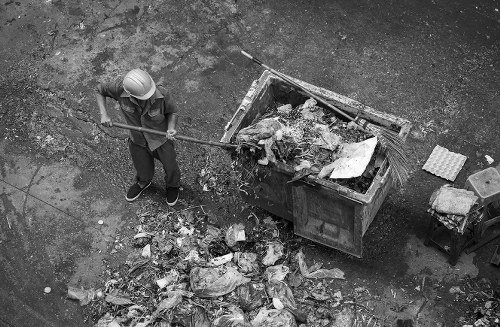
When undertaking construction projects in Victoria, managing waste efficiently is paramount. Builders waste clearance not only ensures compliance with local regulations but also promotes environmental sustainability. Proper waste management can lead to cost savings, optimized site operations, and a reduced carbon footprint.
Victoria has stringent guidelines governing the disposal of construction and demolition waste. Understanding these regulations is essential for builders to avoid hefty fines and contribute positively to the community. Effective waste clearance strategies can transform a chaotic site into a well-organized, productive workspace.
Builders waste encompasses a variety of materials, including concrete, wood, metals, plastics, and hazardous substances. Each type of waste requires specific handling and disposal methods to minimize environmental impact and promote recycling and reuse.
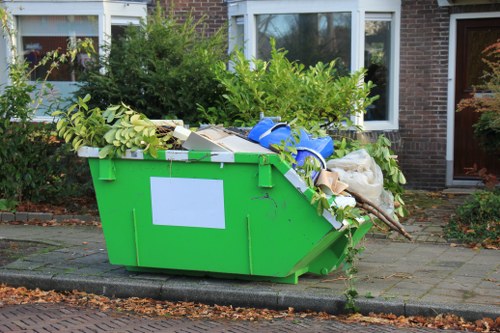
Understanding Builders Waste
Builders waste, often referred to as construction and demolition (C&D) waste, includes materials removed or generated during construction, renovation, and demolition activities. Proper classification and segregation of this waste are crucial for efficient disposal and recycling.
Common types of builders waste include:
- Concrete and Masonry: These materials are heavy and require specialized disposal methods.
- Wood and Timber: Often reusable or recyclable if properly processed.
- Metals: Highly recyclable, reducing the need for new metal extraction.
- Plastics: Require careful handling to prevent environmental contamination.
- Asbestos and Hazardous Materials: Demand strict regulatory compliance for safe removal and disposal.


Regulatory Framework in Victoria
Victoria's waste management regulations are designed to minimize the environmental impact of construction activities. The key legislative acts governing builders waste clearance include:
- Waste Avoidance and Resource Recovery Act 2006: Focuses on reducing waste generation and promoting recycling and reuse.
- Environment Protection Act 2017: Sets standards for waste disposal to protect the environment.
- Local Council Regulations: Vary by municipality, often requiring permits for waste disposal and specific handling procedures.
Compliance with these regulations ensures that builders avoid legal penalties and contribute to the sustainability goals of the state. Regular audits and adherence to best practices are essential for maintaining compliance.
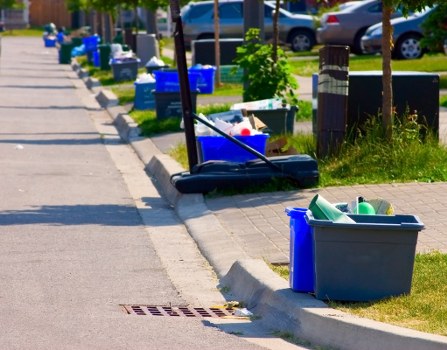
Effective Waste Clearance Strategies
Implementing effective waste clearance strategies can significantly enhance project efficiency and sustainability. Here are some best practices:
- On-site Waste Segregation: Separating waste at the source improves recycling rates and reduces disposal costs.
- Use of Skip Bins: Appropriately sized bins ensure efficient collection and prevent site clutter.
- Partnering with Licensed Waste Removal Services: Ensures compliance with regulations and proper disposal.
- Recycling and Reuse: Identifying materials that can be recycled or reused minimizes waste and conserves resources.
- Regular Waste Audits: Monitoring waste generation helps identify areas for improvement and cost savings.
Adopting these strategies not only ensures regulatory compliance but also fosters a culture of sustainability within the construction industry.
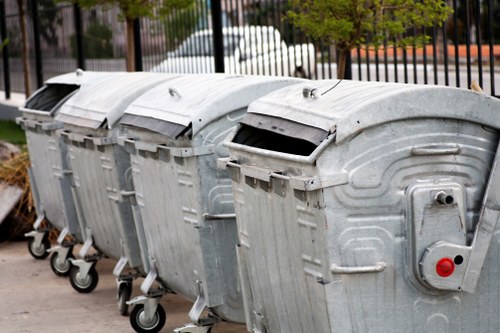
Benefits of Proper Builders Waste Clearance
Proper waste clearance offers numerous benefits to builders, the environment, and the community:
- Environmental Protection: Reduces pollution and conserves natural resources through effective recycling and disposal.
- Cost Efficiency: Minimizes waste disposal costs and can generate revenue through the sale of recyclable materials.
- Improved Site Safety: A well-organized site reduces the risk of accidents and enhances worker productivity.
- Regulatory Compliance: Avoids legal penalties and enhances the builder’s reputation.
- Community Relations: Demonstrates corporate responsibility and fosters positive relationships with local communities.
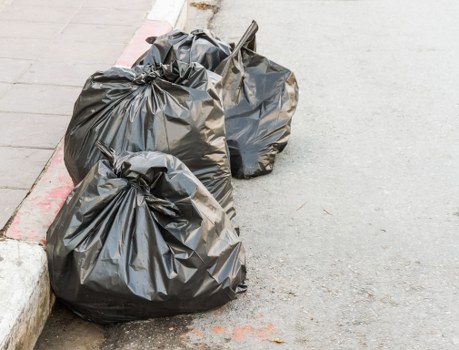
Choosing the Right Waste Clearance Partner
Selecting a reliable waste clearance partner is crucial for effective waste management. Consider the following factors when choosing a service provider:
- Licensing and Accreditation: Ensure the company is licensed to handle and dispose of construction waste.
- Recycling Capabilities: Choose a partner that emphasizes recycling and sustainable waste management.
- Service Range: The provider should offer a comprehensive range of services, including waste collection, sorting, and disposal.
- Reputation and Reviews: Check client testimonials and industry reputation to gauge reliability.
- Pricing Structure: Transparent and competitive pricing ensures value for money.
Partnering with the right waste clearance service enhances project efficiency and supports sustainable building practices.

Sustainable Practices in Builders Waste Clearance
Sustainability is at the forefront of modern construction practices. Incorporating sustainable waste clearance methods can lead to long-term environmental and economic benefits.
- Material Recycling: Reprocessing materials like concrete and metals reduces the need for virgin resources.
- Energy Recovery: Converting waste into energy can provide an alternative energy source while reducing landfill use.
- Green Certified Services: Utilizing services that adhere to green certifications ensures environmentally responsible waste management.
- Education and Training: Training workers on sustainable waste practices fosters a culture of environmental responsibility.
- Innovative Technologies: Implementing advanced technologies for waste sorting and processing improves efficiency and sustainability.
Embracing these practices not only benefits the environment but also enhances the builder’s marketability and compliance with evolving regulatory standards.

Cost Implications of Waste Clearance
Understanding the cost implications of builders waste clearance is essential for budget management. Costs can vary based on the volume and type of waste, the disposal methods chosen, and the service provider.
Key cost factors include:
- Volume of Waste: Larger projects generate more waste, leading to higher disposal costs.
- Type of Waste: Hazardous or specialized waste requires more expensive handling and disposal methods.
- Distance to Disposal Sites: Longer transportation distances increase logistical costs.
- Service Frequency: Regular waste collection services may incur higher ongoing costs.
- Recycling and Reuse: Investing in recycling can reduce overall disposal costs in the long run.
Builders can manage these costs by optimizing waste management strategies, negotiating competitive rates with service providers, and implementing waste reduction practices.
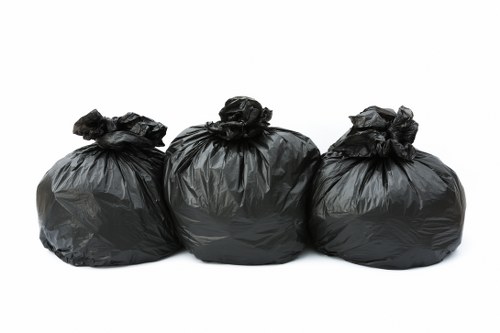
Technological Innovations in Builders Waste Clearance
Technology plays a significant role in revolutionizing builders waste clearance. Innovative solutions enhance efficiency, accuracy, and sustainability in waste management processes.
- Automated Sorting Systems: Utilize advanced machinery to sort waste materials accurately, increasing recycling rates.
- Waste Tracking Software: Helps monitor waste generation, disposal, and recycling, providing valuable data for optimization.
- GPS-Enabled Collection: Improves the efficiency of waste collection routes, reducing fuel consumption and emissions.
- 3D Printing with Recycled Materials: Incorporates recycled waste into innovative construction methods.
- Artificial Intelligence: Predicts waste generation trends and optimizes waste management strategies.
Adopting these technologies can lead to more efficient waste clearance operations, reduced environmental impact, and cost savings for builders.
Community Impact of Effective Waste Clearance
Effective builders waste clearance has a profound impact on the local community. It ensures that construction activities do not negatively affect the surrounding environment and public health.
- Reduced Pollution: Proper disposal minimizes air, soil, and water pollution from construction activities.
- Enhanced Aesthetics: Clean construction sites maintain the visual appeal of neighborhoods.
- Health and Safety: Reduces the risk of accidents and exposure to hazardous materials for both workers and residents.
- Economic Benefits: Efficient waste management can lead to job creation in recycling and waste disposal sectors.
- Public Perception: Responsible waste management enhances the reputation of builders and fosters trust within the community.
By prioritizing effective waste clearance, builders contribute positively to the well-being and sustainability of the communities in which they operate.
Challenges in Builders Waste Clearance
Despite the benefits, builders waste clearance faces several challenges that can hinder effective waste management:
- Regulatory Compliance: Navigating complex regulations can be time-consuming and require specialized knowledge.
- Cost Constraints: Budget limitations may restrict the ability to implement comprehensive waste management strategies.
- Space Limitations: Limited on-site space can complicate waste storage and segregation.
- Awareness and Training: Lack of awareness or training among workers can lead to improper waste handling practices.
- Recycling Infrastructure: Insufficient recycling facilities can limit the effectiveness of waste segregation and recycling efforts.
Overcoming these challenges requires proactive planning, investment in training and infrastructure, and collaboration with waste management experts.
The Future of Builders Waste Clearance in Victoria
The future of builders waste clearance in Victoria is geared towards greater sustainability, innovation, and efficiency. Emerging trends and advancements promise to transform waste management practices:
- Circular Economy Models: Emphasizing the reuse and recycling of materials to create a closed-loop system.
- Advanced Recycling Technologies: Improving the efficiency and scope of materials that can be recycled.
- Green Building Certifications: Increasing demand for buildings that meet high sustainability standards, influencing waste management practices.
- Smart Waste Management Systems: Integrating IoT and data analytics for real-time waste tracking and optimization.
- Public-Private Partnerships: Collaborations between government and private sectors to enhance waste management infrastructure.
These advancements will drive the construction industry towards more responsible and sustainable waste management, aligning with global environmental goals.
Case Studies: Successful Waste Clearance Projects
Examining successful waste clearance projects provides valuable insights into best practices and innovative solutions. Here are a few notable examples in Victoria:
- Green Construction Initiative: A large-scale residential project that implemented mandatory on-site waste segregation and partnered with local recycling facilities, achieving a 70% waste diversion rate.
- Commercial Building Project: Utilized smart waste tracking software to monitor waste generation, leading to optimized disposal schedules and reduced costs by 15%.
- Renovation of Heritage Buildings: Specialized in handling and recycling hazardous materials like asbestos, ensuring safe and compliant waste management.
These case studies highlight the effectiveness of strategic waste management practices in achieving sustainability and operational efficiency.
Tips for Builders on Waste Clearance
To enhance waste clearance efforts, builders can adopt the following tips:
- Plan Ahead: Integrate waste management into the initial project planning phase.
- Educate the Team: Provide training on waste segregation and responsible disposal practices.
- Invest in Quality Bins: Use appropriate containers for different types of waste to streamline the sorting process.
- Collaborate with Experts: Work with waste management professionals to develop effective disposal strategies.
- Monitor and Review: Regularly assess waste management practices and make necessary adjustments for improvement.
Implementing these tips can lead to more efficient and sustainable waste clearance operations, benefiting both the project and the environment.
Conclusion
Builders waste clearance in Victoria is a critical aspect of the construction industry that demands attention and strategic planning. By understanding the types of waste, adhering to regulatory frameworks, and implementing effective management strategies, builders can ensure sustainable and compliant operations.
Embracing innovative technologies, fostering partnerships with reliable waste clearance services, and committing to continuous improvement are essential for achieving excellence in waste management. As the industry evolves, prioritizing responsible waste clearance will not only enhance project outcomes but also contribute to the broader environmental and community well-being.
Contact us today to learn more about our builders waste clearance services and how we can support your construction projects in Victoria.